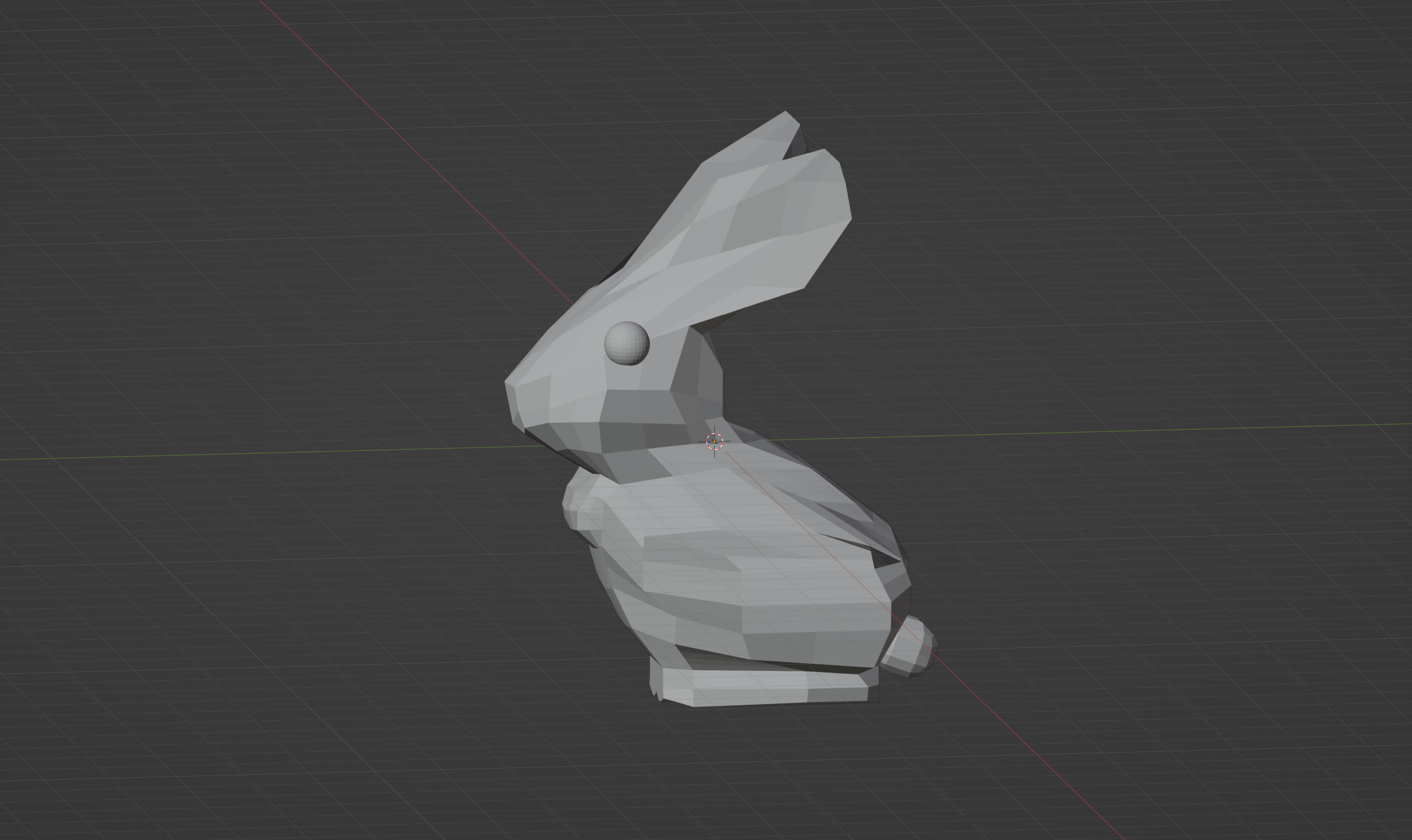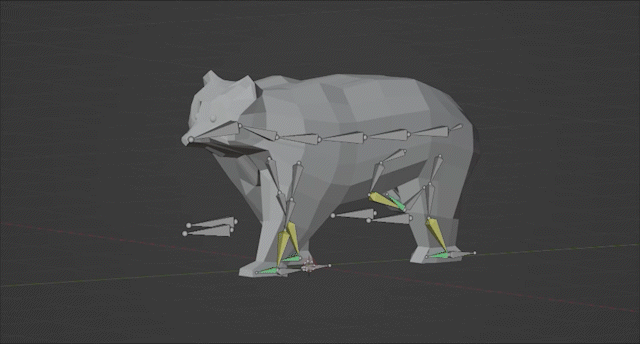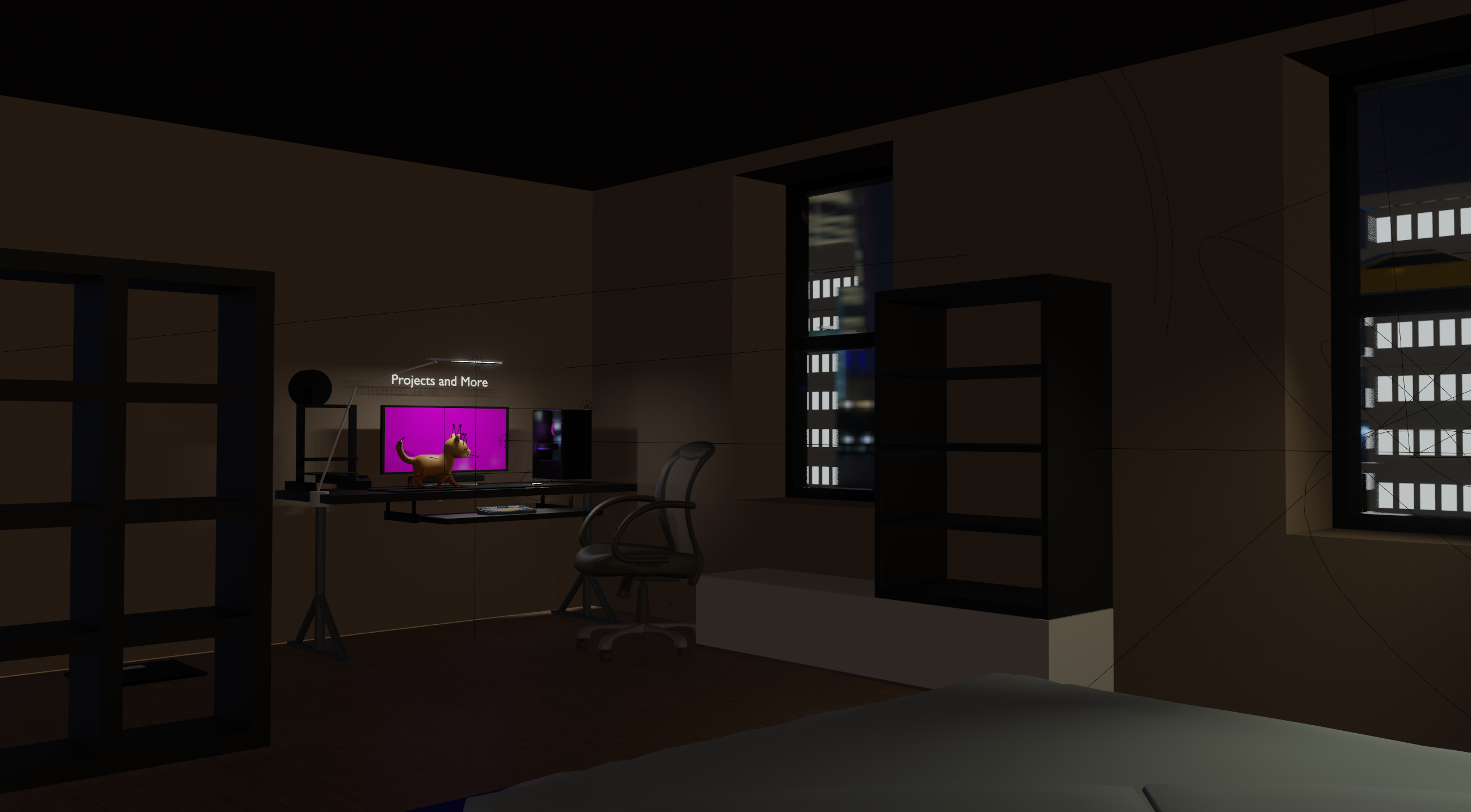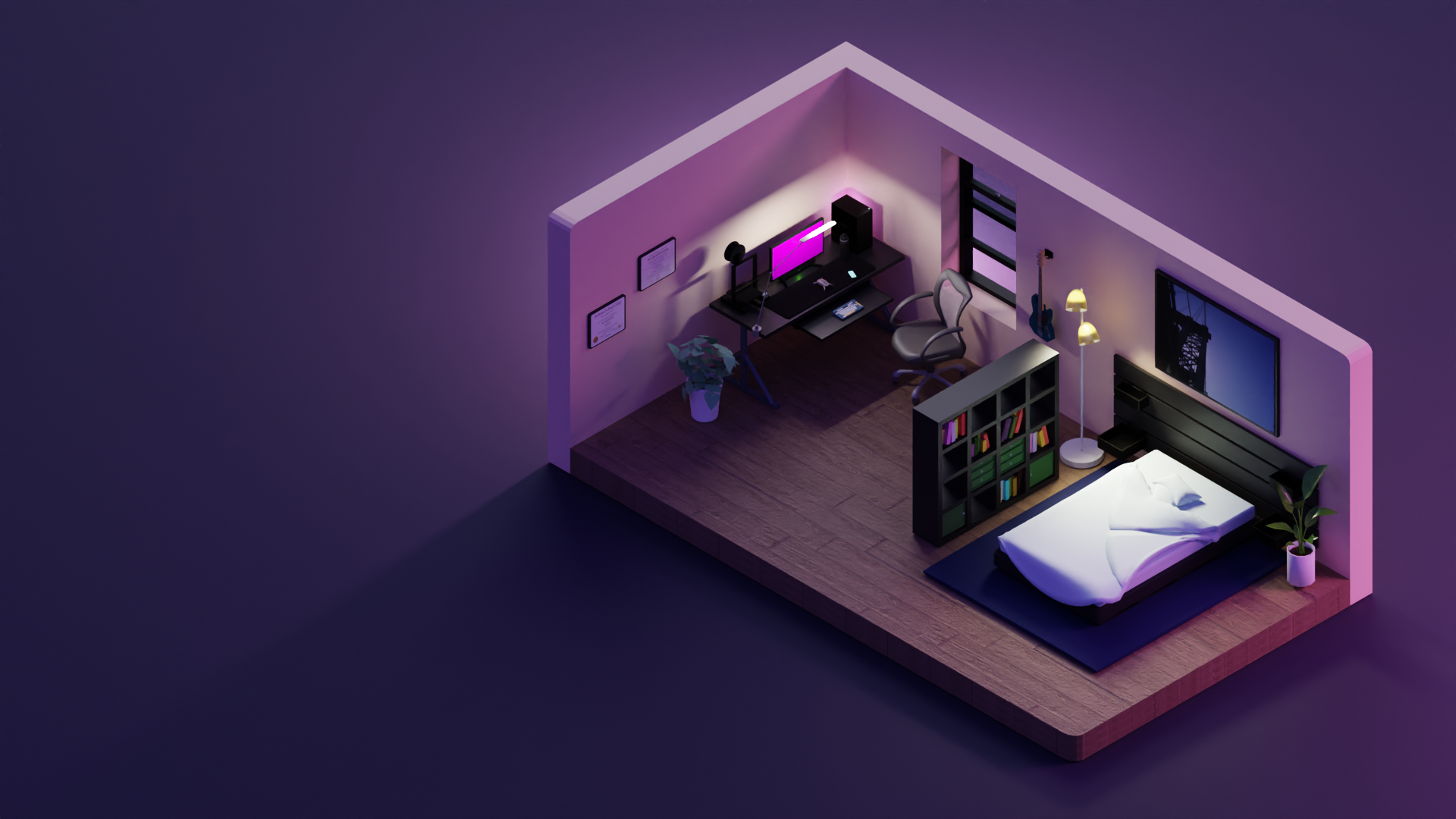blog
7
Last Updated:
Creator of Worlds
Watch out Hollywood VFX, I'm coming for you...in 30 years.

I have long wanted to try my hand at making a game. Having grown up playing everything from the original Doom to the latest triple A game, I saw over the years the ability that games had in conveying an experience that no other medium could. Growing up it felt like games were always looked down upon and never accepted as works of art. This outlook has changed in recent years, as has my attention span and dedication to seeing things through to the end. Given the ever increaing computing power and its decreasing costs alongside the promise of augmented reality devices, I felt now is as best a time as any to try my hand at the wonderful world of 3D design.

The Killer Rabbit of Caerbannog My first ever Blender file. No animation, just a still of a bunny. (Jan 2019)
I Came, I Saw, I Got Overwhelmed
That statement can probably sum up most of my experiences as a teen when it came to picking up new skills. I would always have a desire to learn something, pick up the basics really quickly and then either grow bored of it or become passionate about an idea way out of my league that would overwhelm and make me quit. Something changed in me when I went to university and finally started to see things through to the end. It came with a combination of many other maturities that I can only attest to as being my "late-bloomer" phase. The reason I mention this, is back in highschool, I flirted with the idea of making a game. I didn't have any particular idea in mind, just that I wanted to build something that remotely resembled what I saw on the market: 3D worlds with a protagonist and a gripping story that lasted a few hours from beginning to end. It was then when I learned hands on how daunting of a task it was, and why entire billion dollar teams are tasked with making the latest triple-A hits. There's the writing, the lighting, the character modeling, the animation rigging, the soundtrack...the list goes on and on. Although that is all common sense and I was aware of everything I would have to make to see such a project through, reality hits differently when you spend more than a day learning how to properly rig up and animate a walking bear.
 In my defense, this was my second ever Blender file. I made everything you see in the scene, and for someone who has zero artistic skills, I look back on this fondly. (Jan 2019)
In my defense, this was my second ever Blender file. I made everything you see in the scene, and for someone who has zero artistic skills, I look back on this fondly. (Jan 2019)
Back to the Future
Now it is 2023, and computing power continues to increase across the board even with mobile devices housing the latest in fancy graphical technology; from specialized GPU chips to ray-tracing technology. And with doomsday headlines preaching of AI replacing all of mankind's work, I decided to embrace my artistic side and pretend I am a well-off Roman citizen in the days of old, practicing nothing but art and drink. Well no, not really. But with work being done by R&D teams all over the globe on AR (augmented reality) devices, I figured we're not far from the integration of such digital worlds with our everyday lives. And anything that is built in the spacial dimensions of AR would have to be a 3D model. Thus, I figured I'd get a head start before the world sees a spike in demand for AR apps.
As with programs in many fields, there is a separation of concerns in the world of 3D. Usually, you have one program where you handle the character modeling and then another program where you handle it's integration in a game, VFX environment or other. There are a plethora of options to choose from, but seeing that my piggy bank was rather light, I opted to use Blender for the modeling (a sort of Swiss army knife for the world of 3D and a free, wonderful, open source project). All of my earlier attempts to use Blender have ended with me learning nothing more than how to make loop cuts before deciding there are more enjoyable things to waste my time on. Oh how wrong I was. Finally getting that a-ha moment when I learnt the shortcuts and workflow of a standard project filled me with the same kind of rush and enjoyment I got back in the days from learning how to first code. Not that seasoned coding veteran feel of learning new syntax but that "mom, look what I made!" moment when a 3D object actually looks in a scene how you want it to.
 Early attempt at the scene I was going for. Wanted to originally make it a third-person over-the-shoulder experience in a closed environment. No matter what I did, it always felt like some indie copy-pasted horror game. It neither looked low-poly and cute, nor high quality and oozing with charm. Thus, I opted for an isometric approach to the scene instead.
Early attempt at the scene I was going for. Wanted to originally make it a third-person over-the-shoulder experience in a closed environment. No matter what I did, it always felt like some indie copy-pasted horror game. It neither looked low-poly and cute, nor high quality and oozing with charm. Thus, I opted for an isometric approach to the scene instead.
 Most recent rendered scene in Blender.
Most recent rendered scene in Blender.
When it came to integrating my work into an environment, I wanted to have my little 3D world on the web, right on my website alongside the rest of my content. I wanted people from all over to play in the scene and not have to worry about downloading any new programs or having expensive hardware to run it. This landed me squarely in the world of ThreeJS, a JavaScript library that allows you to render and interact with 3D scenes right in the browser. Although it wasn't as simple as dragging and dropping my Blender file into the assets folder on my webpage, it surely beat potentially writting C code to handle OpenGL stuff. I even decided to go a step further and use React Three Fiber in order to better integrate the scene into my React components. But that was more like syntactic sugar.
In closing, I just wanted to share my starting adventures into the world of 3D design. I have much to learn and many more projects to build and improve on. I hope that you too, never give up on something you've always wanted to learn, even if you have to come back to it years later.
How was this article?
If you want to send me specific feedback, please do so on the Contact Page. Thank you!